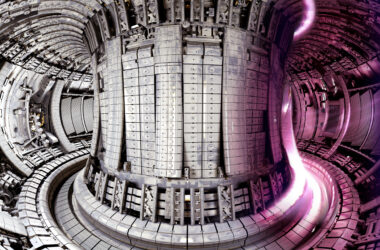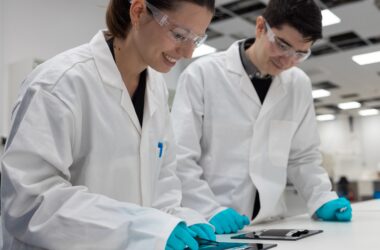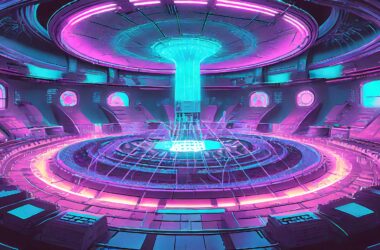In a groundbreaking development, the United Kingdom Atomic Energy Authority (UKAEA) and the Oxford Robotics Institute (ORI) have successfully deployed an autonomous robot for inspections at the Joint European Torus (JET) fusion facility.
This 35-day trial marks the first time an autonomous robot has been used to carry out maintenance tasks in a fusion energy facility, paving the way for safer and more cost-effective operations in the future.
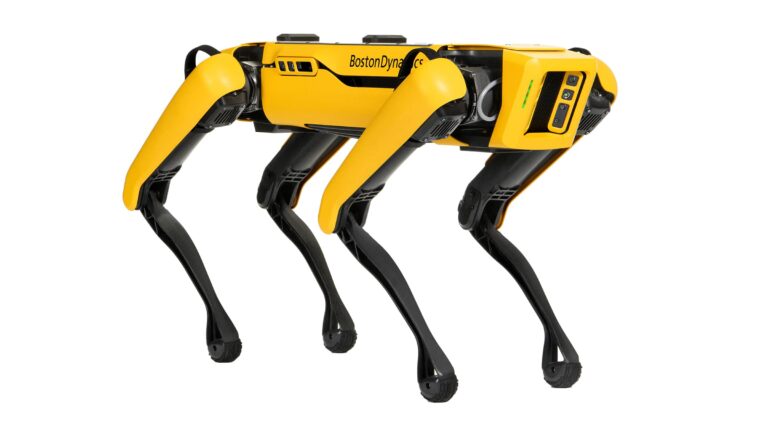
The autonomous robot, a Boston Dynamics Spot quadruped, was controlled by ORI’s AutoInspect autonomy platform. JET, one of the most significant and most potent fusion research machines until its recent scientific operational shutdown, provided an ideal environment to test the robot’s capabilities in hazardous conditions. After two high-powered deuterium-tritium experiments conducted within the past three years, the facility still posed challenges.
During the trial, the robot was tasked with mapping the entire JET facility, taking sensor readings of its environment, and navigating the obstacles and personnel involved in decommissioning. UKAEA’s inspection payload was integrated with ORI’s localization and mission autonomy solutions to overcome these challenges. Combined with Boston Dynamics’ hardware and collision avoidance technology, this setup enhanced the robot’s capabilities, allowing it to collect essential data on JET’s environment and overall status twice daily.
The successful deployment of the autonomous robot at JET has significant implications. Fusion powerplants will require regular maintenance, traditionally relying on human-operated robotic inspections. However, autonomous robots can enhance safety and reduce costs by performing maintenance tasks in challenging environments where human access may be limited due to radiation, vacuum-level pressure, and extreme temperatures.
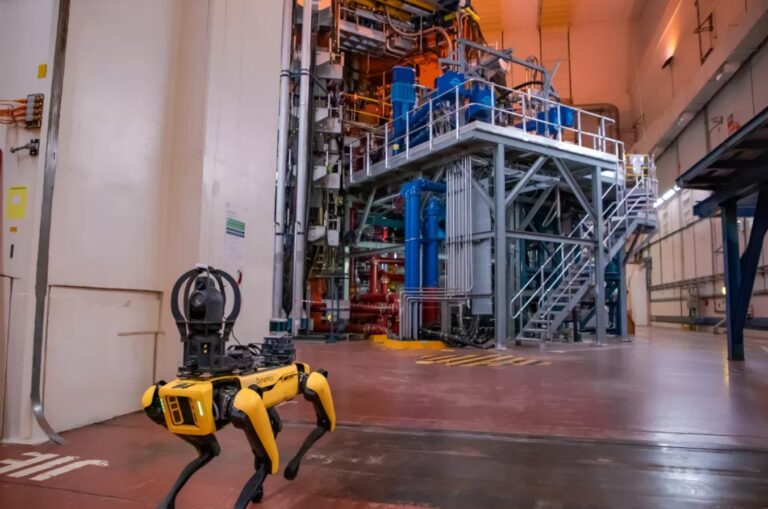
Dr Robert Skilton, Head of Research at UKAEA’s Remote Applications in Challenging Environments division, emphasized the importance of this achievement, stating, “This deployment demonstrates that autonomous robots can enhance safety and cut costs. These ‘next generation’ solutions are becoming ready to be used in other industrial facilities such as nuclear decommissioning, environmental clean-up, and disaster relief.”
The results of this trial will inform the planning for the following stages of the JET decommissioning and repurposing (JDR) programme. Moreover, the successful collaboration between UKAEA, ORI, and Boston Dynamics showcases the potential for autonomous robots to revolutionize maintenance and decommissioning processes in fusion facilities and other challenging industrial environments.
The development of simple, reliable, and efficient maintenance solutions is often overlooked but will be critical as fusion energy moves closer to commercial viability. The deployment of autonomous robots, like the one demonstrated at JET, represents a step forward and shows how harnessing the power of artificial intelligence and robotics allows the energy sector to overcome the challenges posed by hazardous environments and move closer to realizing the potential of future clean and sustainablable energy sources.
TLDR:
- UKAEA and ORI successfully deployed an autonomous robot for inspections at the JET fusion facility
- The 35-day trial tested the robot’s ability to map the facility, take sensor readings, and navigate obstacles.
- Autonomous robots can enhance safety and reduce costs in future fusion facilities by performing maintenance tasks in hazardous environments.
- The trial’s results will inform planning for the JET decommissioning and repurposing programme.
- The successful deployment represents a significant step towards future fusion power plants’ safe and cost-effective operation.





